
Curtis Segarra
Science Writing Intern, Fall 2020
Curtis Segarra was a fall 2020 science writing intern at Science News. He has a bachelor’s degree in Earth systems science from Trinity University. He is completing a master’s program in science journalism at New York University. His work has been published at Mongabay, News-O-Matic, and Scienceline.

Trustworthy journalism comes at a price.
Scientists and journalists share a core belief in questioning, observing and verifying to reach the truth. Science News reports on crucial research and discovery across science disciplines. We need your financial support to make it happen – every contribution makes a difference.
All Stories by Curtis Segarra
-
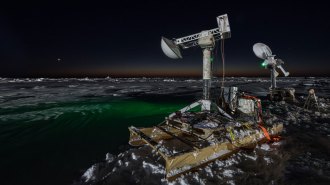 Earth
EarthIn the past 15 years, climate change has transformed the Arctic
Accumulating evidence and new tools have helped scientists better understand how the Arctic is changing, but the pace has been faster than expected.
-
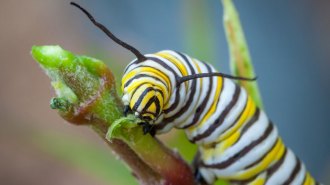 Life
LifeMonarch caterpillars head-butt each other to fight for scarce food
Video experiments show that monarch caterpillars turn aggressive when there’s not enough milkweed to go around.
-
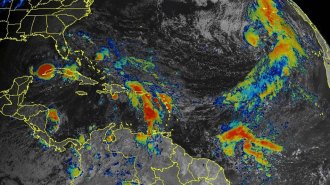 Earth
EarthWith Theta, 2020 sets the record for most named Atlantic storms
Climate change is expected to fuel fewer — yet more intense — Atlantic storms. With a whopping 29 storms but few strong ones, 2020 may be an outlier.
-
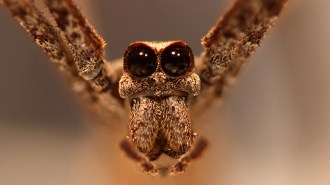 Life
LifeOgre-faced spiders catch insects out of the air using sound instead of sight
A new study finds that ogre-faced spiders can hear a surprisingly wide range of sounds.
-
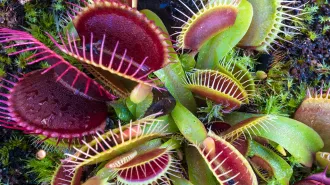 Plants
PlantsHow Venus flytraps store short-term ‘memories’ of prey
Glowing Venus flytraps reveal how calcium buildup in the cells of leaves acts as a short-term “memory” that helps the plants identify prey.
-
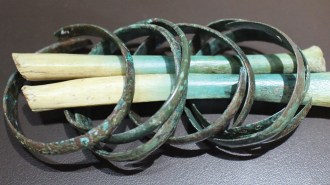 Archaeology
ArchaeologyBones from an Iron Age massacre paint a violent picture of prehistoric Europe
Bones left unburied, and in one case still wearing jewelry, after a massacre add to evidence that prehistoric Europe was a violent place.
-
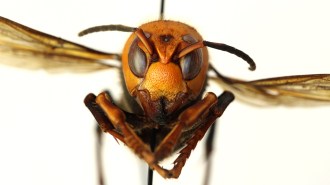 Life
LifeA new map shows where Asian giant hornets could thrive in the U.S.
Suitable habitat along the Pacific West Coast means so-called “murder hornets” could get a foothold in North America if they aren’t eradicated.
-
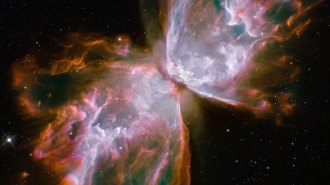 Space
SpaceStellar winds hint at how planetary nebulae get their stunning shapes
Observations of red giant stars reveal that planets or even other stars may influence the shape of a nebula’s cloud of dust and gas.
-
 Animals
AnimalsA tiny crustacean fossil contains roughly 100-million-year-old giant sperm
Giant sperm preserved in an ancient ostracod may be the oldest known sperm fossil, showing that giant sperm have existed at least 100 million years.